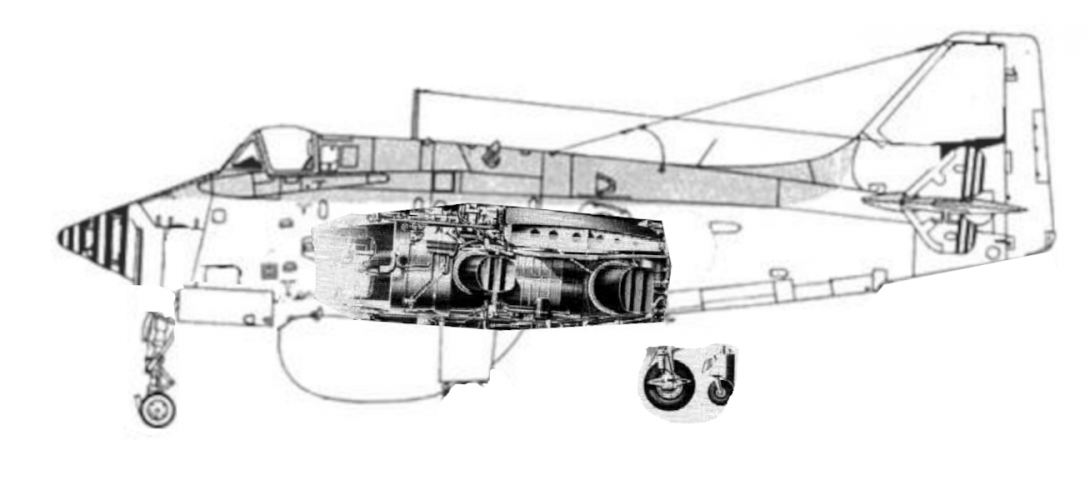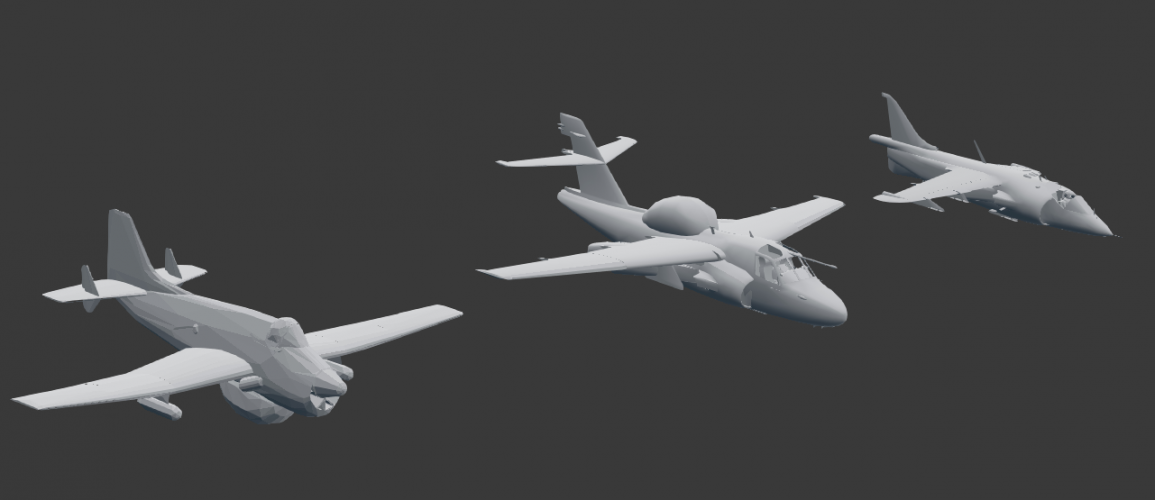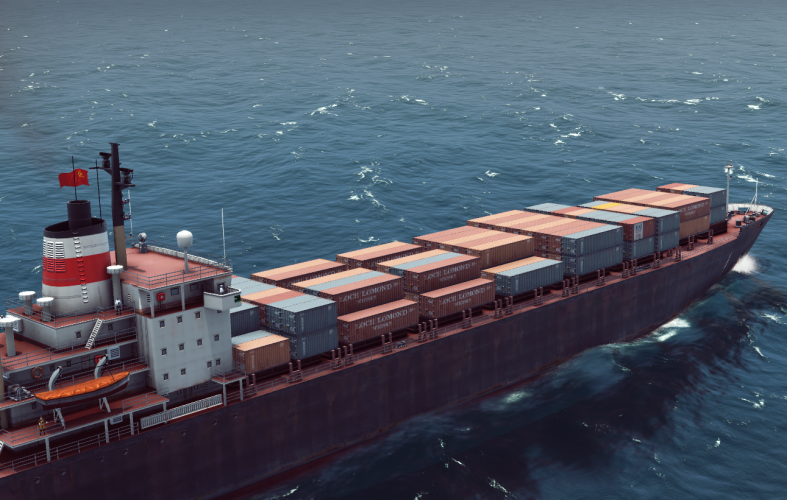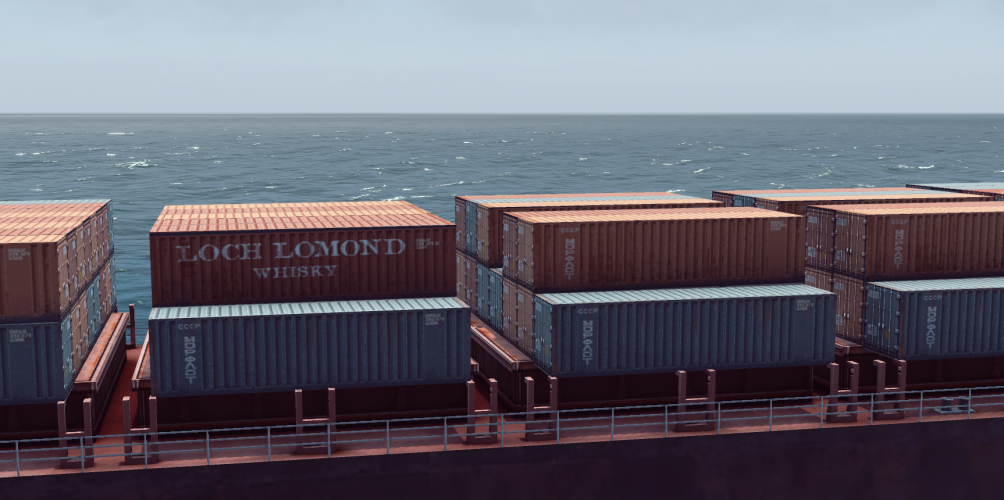- Joined
- 5 May 2007
- Messages
- 1,479
- Reaction score
- 2,850
Ah, Green Steel... looked good, but there were reasons (some good, some less so) why it didn't go anywhere.It was probably the same application of the Bristol style that I did, but it pleases me to no end as they look like the same line of development, only separated by several decades of technology.
The story is that at some point in the 1970s (possibly the 1972 deployment) the ARK ROYAL spent a week or more running simulated strikes against US military bases along most of the Atlantic coast, with the usual claims of Buccaneers climbing to avoid the continental shelf etc., evading detection for a substantial period and generally causing chaos.Could you elaborate, please? I heard this mentioned several times, but I can't pinpoint what exactly happened and when?
Claims made include that:
- The carrier detached its escorts, making it impossible to detect from their transmissions,
- That it was only detected in the end by a lucky USMC C-130 visual sighting through the cloud cover ,
- That the carrier was 'sunk' by a USN carrier air group launching from within Jacksonville harbour.
It's not entirely clear what actually did happen, or if it even happened at all. There's no real documentation of it anywhere that's been publicly released, only sea stories.






